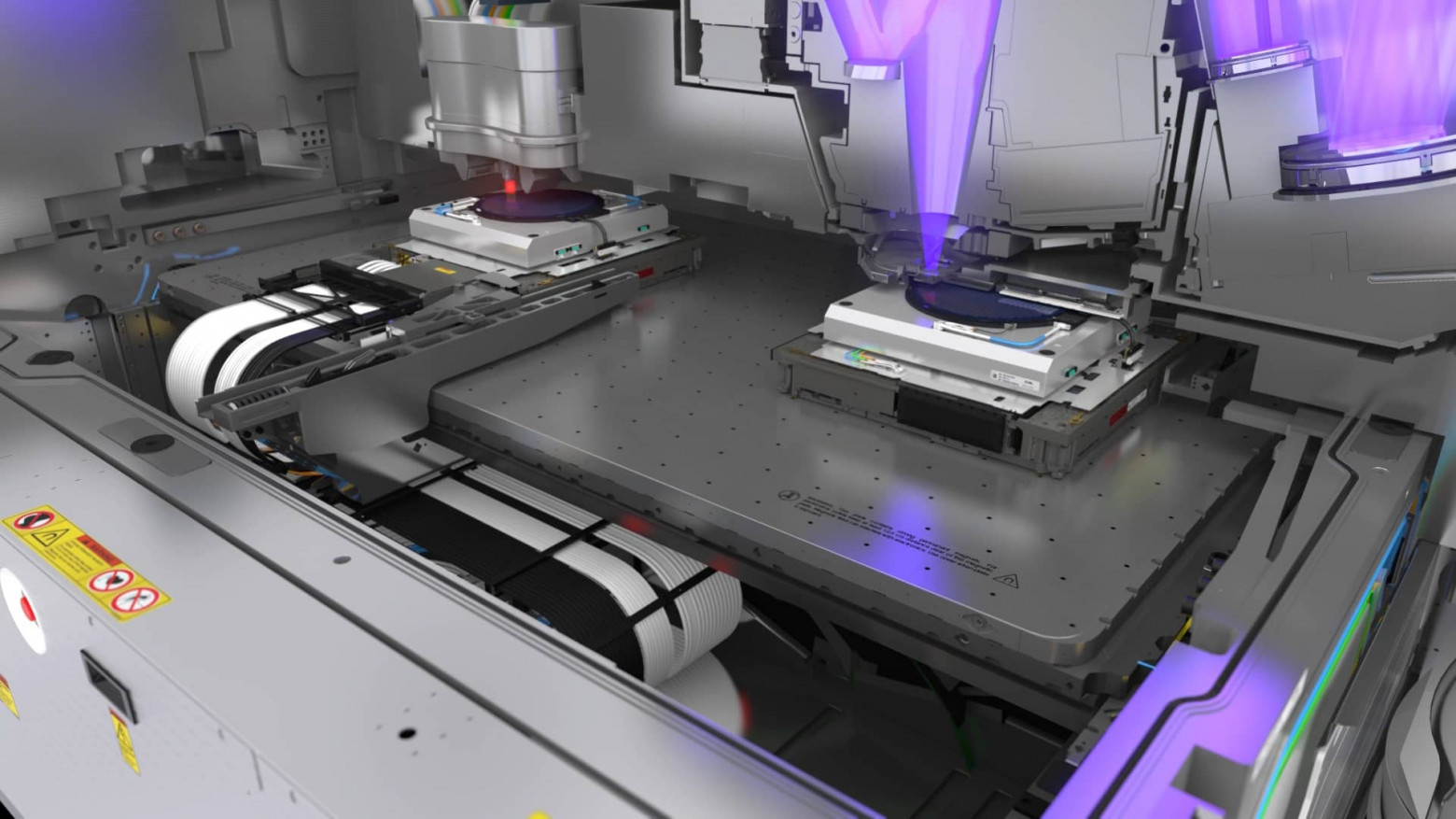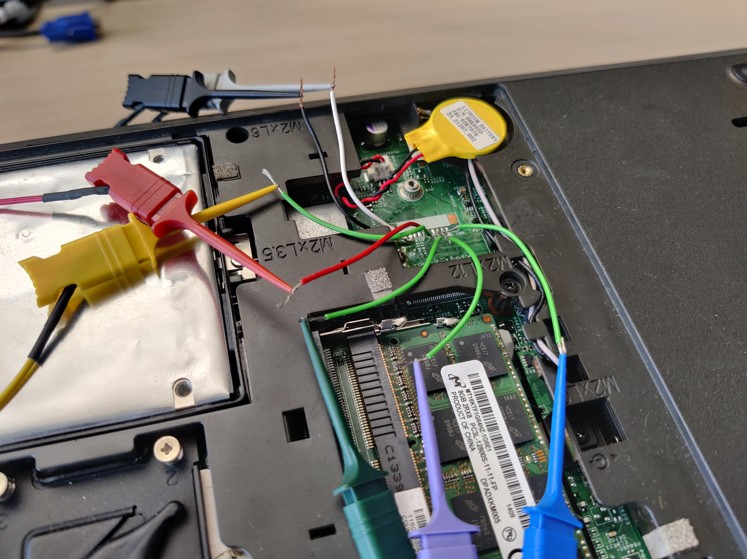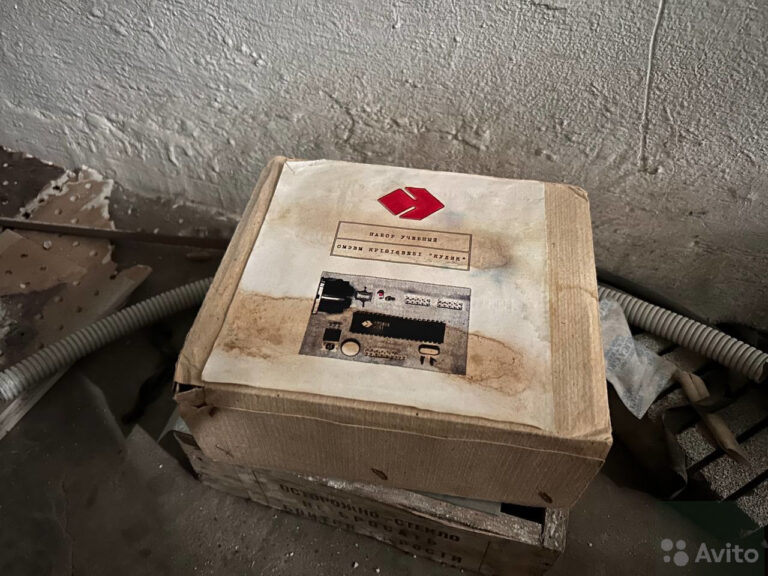ASML is about to leave the Netherlands. The lithograph manufacturer is tired of constant government control
What's happening?
The company intends to become international and build production chains outside the Netherlands, including due to deteriorating economic conditions in the country. For example, ASML has difficulty recruiting foreigners, among whom there are many good specialists. In addition, blackouts occur from time to time, which leads to unpleasant consequences – uninterrupted energy supplies are extremely important for chip production. And standards regarding the impact on the environment are also gradually becoming more stringent.
The main motive for entering the international market is lost profits due to the US conflict with China. ASML cannot sell advanced modern equipment to China, and this means billions of US dollars in lost profits. Moreover, even those systems that are already in China cannot be serviced by the company. The reason is still the same – pressure from the United States due to the conflict with China.
Another problem, as mentioned above, is the difficulty of hiring foreign citizens, among whom there are very competent chip production specialists. Now in the Netherlands, migration legislation is gradually becoming stricter, so the company is simply afraid that one day it may find itself without employees from other countries.
Well, the state, in turn, is going to create difficulties for ASML in terms of moving to another country. Thus, the Prime Minister of the Netherlands stated that it is very important that most production processes are implemented in the Netherlands. If the chip manufacturer decides to move, it could result in very large losses for the country, which is extremely sensitive in the current period.
What is ASML planning to do?
According to a number of sources, the company is going to build several factories outside the state. The corporation plans to implement this plan over the next few years, which will give it the opportunity to produce approximately 600 DUV units per year. In addition, in a year ASML is going to produce 90 EUV installations per year. And this is billions of US dollars, which will allow the company to operate and expand unhindered.
Representatives of the Dutch media De Telegraaf believe that ASML is becoming crowded in its home country. But for the latter, the company is extremely important because it is a leading manufacturer of equipment for creating modern chips. It has practically no competitors, since most other companies produce less modern equipment.
Using systems from ASML, it is possible to produce new generation chips, and in large quantities. We are talking, first of all, about processors that are produced using 4 and 3 nm technical processes. A little later, the same equipment will be used to produce 1 and 2 nm chips. Of course, it’s worth remembering that all these nanometers in the last couple of years are just “parrots” in which the characteristics of processors are measured. But, in any case, we are talking about modern chips.
In general, ASML is gradually preparing the ground for a legal exodus from the Netherlands. Where exactly the company is going to “relocate” is not entirely clear, but probably to an area where it will be possible to work unhindered.

There are precedents for this type of scheme. For example, Shell once left its native land, and Unilever, one of the world’s largest manufacturers of consumer goods, did the same. These companies moved to London, UK. It is not yet clear where ASML will go, but it is likely that it will go there.
What else? The company circumvents restrictions in other ways
Thus, in 2023, a special installation was prepared that can be supplied to China without a license. The lithography machine will make it possible to produce chips using 28 nm and older technologies.
We are talking about the Twinscan NXT:1980Di installation, which was released in 2016. But it makes it possible to produce chips using the 7nm process technology, which is what Taiwanese TSMC is doing – with this very equipment.

The stripped-down version will not allow the Chinese to produce chips using a technological process more modern than 28 nm. But this is not bad, since at least some of the chips are solving the Chinese problems… Taking into account that the lion's share of SMIC's revenue comes from the supply of 28 nm and less modern chips, it is likely that Chinese companies will continue to be interested in purchasing such tools .
The latest export rules require U.S. firms and individuals to obtain licenses to export tools and technologies capable of producing chips at 14/16 nm and below, 3D NAND with 128 layers or more, and DRAM memory chips with 18 nm-pitch or less. The same rules apply to non-US companies that export components from the US, as is the case with ASML and the Twinscan NXT:1980Di.
As far as one can judge, ASML is going to solve its problems in one way or another and enter the international market, albeit contrary to the opinion of the Dutch government. What do you think – will she succeed, or will difficulties of an insurmountable nature soon arise?
Other interesting materials






